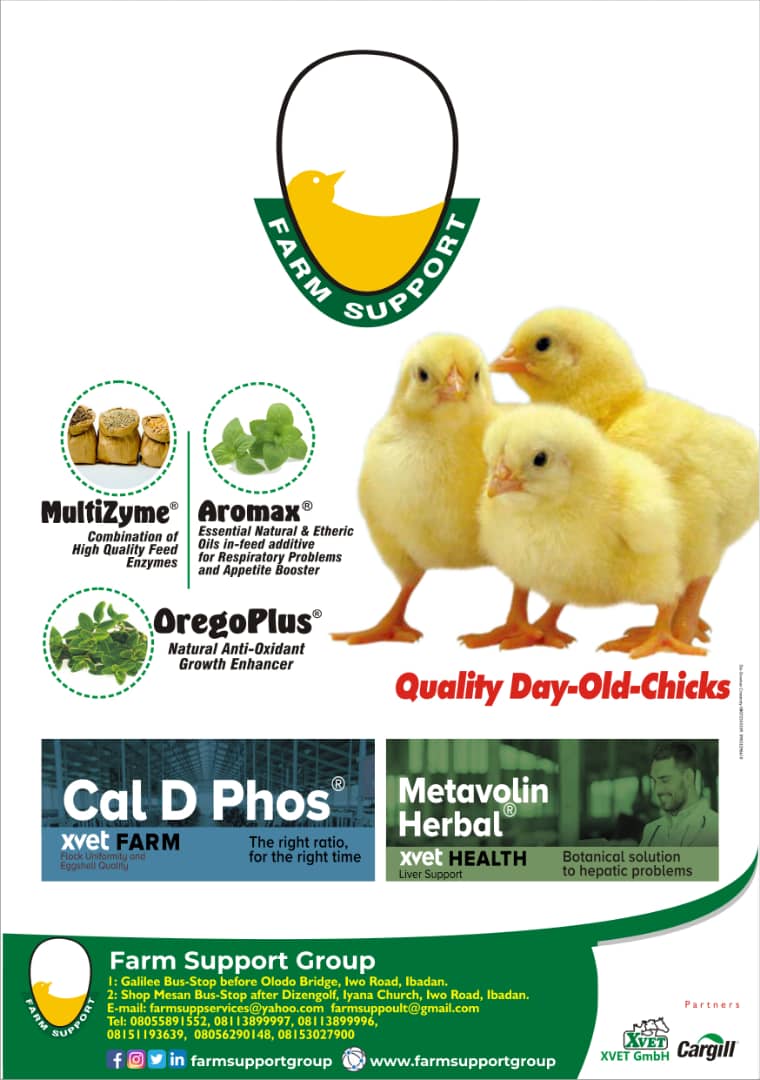13 IMPORTANT WAYS TO DISINFECT, CLEAN POULTRY HOUSES
One of the best ways to be successful in poultry farming and to remain abreast in the poultry industry is to start on a good footing.
Both cleaning and disinfection when done simultaneously are vital in curtailing early chick mortality and disease infestation.
 Learn More
Learn MoreA disease-free flock will always guarantee, a rapid, uniform growth rate, weight gain especially in broilers birds, and a good profit margin.
The following tips will help you maintain a high hygiene level on your poultry farm, it will suggest to you how you can maintain a disease-free flock:
1. Envision Your Success And The Desire To Succeed
To be successful requires vision and an unwavering desire to succeed in the midst of many challenges.

With the desire for success, patience, and the will and zeal for hard work success are assured.
2.IN DISINFECTING POULTRY HOUSES IT IS IMPORTANT TO HAVE A ROAD MAP
Having a detailed plan on how to go about cleaning and disinfecting your poultry house will go a long way in making things go easy for you.
This involves the organization of farm workers, the type of disinfectants to be use, equipment and materials to be used.
Knowing the time frame between cleaning and disinfecting the poultry house and when your new batch of birds will be arriving.
3. PROPER REMOVAL AND DISPOSAL OF POULTRY LITTER
Remove and scooped all the litter in the poultry house. They should be disposed of far away from the farm premises.
Most farmers use this as a good source of organic manure for farming maize and other crops.
This could be another source of revenue for the poultry farmer, especially in rural communities where inorganic fertilizer is difficult to access.
4. Inspect And Block All Hiding Spaces, Corners, and Holes Both On The Floor And Walls Of Your Poultry House.
Biting insects and rodents are known to be vectors and carriers of dangerous poultry diseases in and around poultry houses.
Poultry birds such as turkeys, laying hens, or broilers meat birds are known to scratch and peck on walls and even dig small holes in their pen.
These little holes and spaces could serve as hideouts for certain insects and rodents. Farmers are often advised to block and seal off such hideouts with cement or concrete completely.
READ ALSO 4 Natural Ways to Deworm Chickens with Prevention Tips
5. Insect Control
Before the cleaning and disinfection of the poultry house, it is strongly recommended that all insects should be neutralized and killed, by wearing appropriate protective equipment. A second treatment with insecticide should be completed before fumigation.
6. Remove All Cobweb and Dust
All easily detachable poultry equipment should be washed and sundried. Dust and cobwebs should be removed from the top roof ceilings, hiding spots, corners, edges, surfaces, and poultry equipment.
7. Pre-spray
Spray detergent solution throughout the broiler house interior to soak and dampen any remaining dust. Close the curtains in open-sided poultry houses first.
8. Remove Equipment
Remove all equipment from the house and raise automatic feeders and drinkers prior to washing them thoroughly.
9. Wash
Use a pressure washer with a foam detergent. Ensure the detergent is compatible with the disinfectant to be used. Rinse with hot water.
10. Clean Water and Feeding Systems
Drain, clean, and disinfect the water system.
Water pipes should be cleaned at least once per flock to remove any biofilm that may have built up. You can use providon iodine solution, or high levels (140 ppm) of chlorine.
Flush water lines with clean, fresh water prior to flock placement.
READ ALSO 5 Major Reasons for Poor Broiler Growth and the Solutions
11. Disinfect
it is appropriate to always use an approved disinfectant that is effective against specific poultry bacteria and viruses. Follow manufacturer’s instructions at all times.
This should be done after the complete dryness of the poultry materials and equipment.
Most disinfectants are not effective against sporulated coccidial oocysts, and selective coccidial treatments should be used by trained staff only.
12. Fumigate
Where permitted, formalin fumigation should be completed by trained personnel, following safety legislation and guidelines.
Fumigate as soon as possible after disinfection; surfaces should be damp and the house warmed to a minimum of 21C (70F) and relative humidity of greater than 65 percent. Seal the house for 24 hours.
Prior to permitting any re-entry, ventilate the house to reduce formalin levels to 2 ppm.
Repeat fumigation after the litter has been spread.
ATTENTION: Click “HERE” to receive More updates directly on your WhatsApp!
13. YOU CANNOT CLEAN AND DISINFECT POULTRY HOUSE WITHOUT TAKING CARE OF THE ENVIRONMENT
The bushes, grasses, and shrubs could serve as hiding places for rodents and other harmful insects to your poultry.
They should be cleared or remain extremely low. External areas around the poultry house should also be cleaned and disinfected thoroughly.















